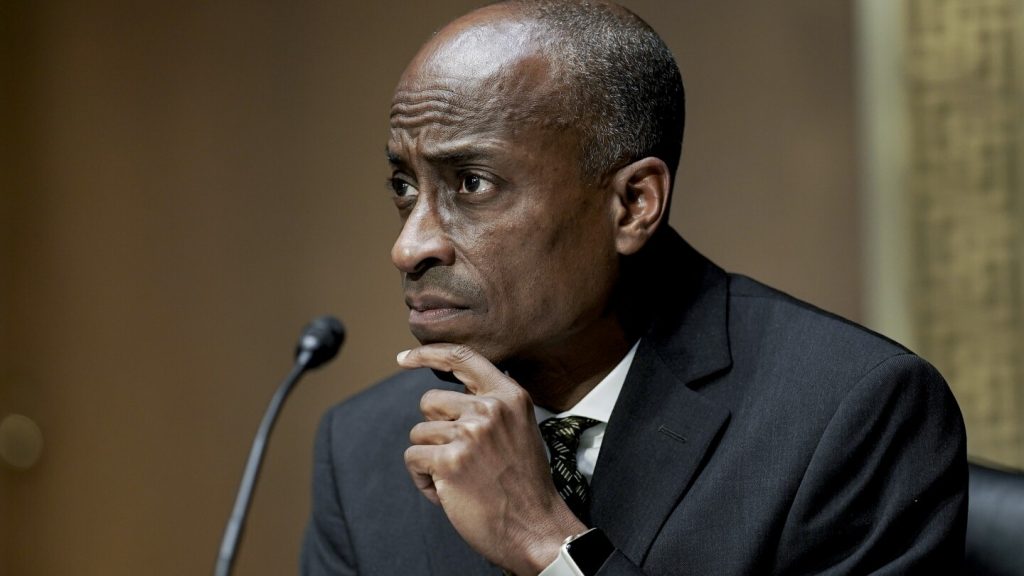Federal Reserve Vice Chair Philip Jefferson suggested that the central bank may need to keep its key rate at its peak for an extended period to bring down persistently high inflation. He anticipates inflation will continue to slow this year, but noted that if inflation remains stubbornly high, it may be necessary to keep rates at their current level for longer to help slow inflation to the Fed’s target level of 2%. U.S. consumer inflation was recently reported at 3.5%, prompting Jefferson to consider the possibility of delaying rate cuts. This stance marks a departure from his previous suggestion in February that rate cuts may be appropriate later this year.
Following recent reports of a strong economy and elevated inflation, Fed officials have emphasized that they do not see an immediate need to reduce their benchmark rate. Wall Street had previously anticipated a rate cut in June, but now expect the first reduction to occur no earlier than September. The government’s report of increased retail sales indicates strong consumer spending, which can contribute to higher inflation as businesses raise prices knowing that consumers are willing to pay. This dynamic underscores the balancing act the Fed faces in managing inflation while promoting economic growth.
During his speech, Jefferson noted that the Fed’s preferred inflation gauge rose in March to 2.7% from the previous year, exceeding February’s 2.5%. This increase aligns with the rise in the consumer price index to 3.5% in March, up from 3.2%. Jefferson emphasized that while progress has been made in reducing inflation, the task of sustaining 2% inflation is not yet complete. His comments reflect a cautious approach to monetary policy, with an eye toward balancing the objectives of price stability and economic growth.
Chair Jerome Powell is expected to provide further insight on the Fed’s potential timetable for rate cuts in his upcoming speech. The omission of language regarding future rate cuts in Jefferson’s recent remarks suggests a shift in the Fed’s approach to managing inflation. By signaling a willingness to keep rates stable for longer if necessary, the Fed is indicating a commitment to achieving its inflation target. The evolving economic landscape, marked by strong consumer spending and solid job growth, presents challenges for policymakers in determining the appropriate course of action to maintain price stability while supporting economic expansion.
Overall, Jefferson’s comments underscore the Fed’s cautious approach to monetary policy amid persistent inflation concerns. The central bank’s focus on achieving its 2% inflation target while supporting economic growth reflects a delicate balancing act in a complex economic environment. The upcoming months will shed light on the Fed’s decision-making process regarding rate cuts and its impact on inflation and the broader economy. Powell’s upcoming remarks are anticipated to provide further clarity on the Fed’s stance and future monetary policy actions.


